Hognosed brochis - Brochis multiradiatus
Scientific name: Brochis multiradiatus
Common name: Hognosed brochis
Family: Callichthyidae
Usual size in fish tanks: 7 - 8 cm (2.76 - 3.15 inch)
014
Recommended pH range: 6 - 7.5
Recommended water hardness: 2 - 16°N (35.71 - 285.71ppm)
0°C 32°F30°C 86°F
Recommended temperature range: 21 - 26 °C (69.8 - 78.8°F)
The way how these fish reproduce: Spawning
Where the species comes from: South America
Temperament to its own species: peaceful
Temperament toward other fish species: peaceful
Usual place in the tank: Bottom levels
Food and Feeding
Brochis multiradiatus will readily accept a variety of foods, making them easy to care for in community setups. Their diet should primarily consist of high-quality sinking pellets or algae wafers to ensure they receive food directly at the bottom, where they naturally feed. To mimic their wild foraging behavior and support optimal health, supplement their diet several times per week with live or frozen treats such as bloodworms, daphnia, or brine shrimp. Avoid overfeeding and remove uneaten food to maintain water quality.
Origin
Hognosed brochis originate from the freshwater river systems of South America, particularly in Peru and Ecuador. They inhabit slow-moving tributaries, oxbow lakes, and floodplain regions with sandy or muddy substrates. Their natural habitats are typically shallow and rich in leaf litter, submerged branches, and aquatic vegetation, offering ample foraging grounds and hiding spots.
Sexing
Sexual dimorphism in Brochis multiradiatus is subtle. Mature females tend to be broader and rounder than males, especially when viewed from above. Males may also appear slightly slimmer and more streamlined, but visual differences remain minimal compared to some other Callichthyidae species.
Breeding
Spawning can be encouraged in the aquarium by performing water changes with slightly cooler water, simulating the onset of the rainy season. While wild specimens often breed in groups, pairs will spawn successfully in captivity. Use soft, clean water with plenty of oxygenation and fine-leaved plants or smooth surfaces for egg deposition. The breeding behavior closely mirrors that of Corydoras species. After spawning, eggs should be removed or protected to prevent predation, and the fry can be fed with infusoria and then newly hatched brine shrimp.
Lifespan
With proper care, the average lifespan of Brochis multiradiatus is around 4 to 6 years. Providing high water quality, a balanced diet, and a peaceful environment contributes significantly to their longevity.
Short Description
Commonly referred to as the Hognosed brochis or Emerald catfish (not to be confused with Corydoras splendens), this species is prized for its striking iridescent green coloration and peaceful nature. Slightly larger and more robust than typical Corydoras, they grow up to 8 cm in length and require a tank with a soft, sandy substrate to protect their delicate barbels. Keep them in groups of 5 or more to promote natural behavior and reduce stress. While generally peaceful, their size and appetite may cause them to outcompete smaller bottom-dwelling fish for food, so tankmate selection should be considered carefully. Provide shaded areas, driftwood, and broad-leaved plants to create a comfortable and naturalistic environment.
Picture
Thanks to Ted. Other pictures were bought from jjphoto.dk.
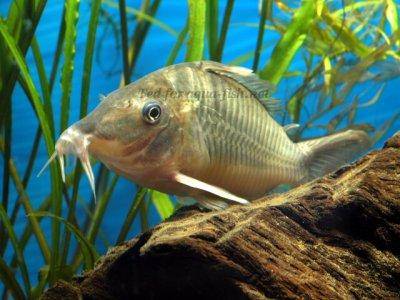





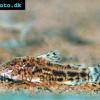 Aspidoras
Aspidoras 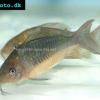 Giant
Giant 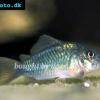 Emerald
Emerald 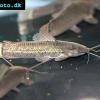 Cascarudo
Cascarudo 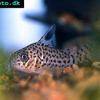 Acre
Acre 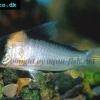 Adolfo’s
Adolfo’s  Bronze
Bronze 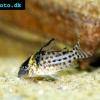 Agassizii’s
Agassizii’s 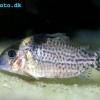 Spotted
Spotted 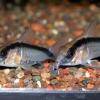 Skunk
Skunk 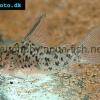 Corydoras
Corydoras 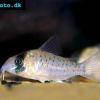 Fairy
Fairy 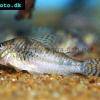 Corydoras
Corydoras 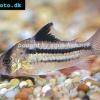 Pink
Pink 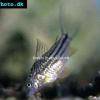 San
San 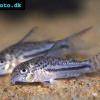 Bond’s
Bond’s 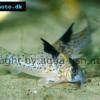 Spotted
Spotted 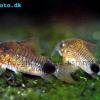 Tailspot
Tailspot 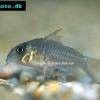 Concolor
Concolor 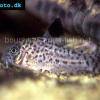 Cope’s
Cope’s 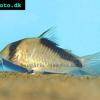 Sand’s
Sand’s 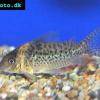 False
False 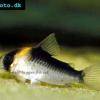 False
False 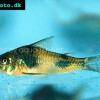 Ehrhardt’s
Ehrhardt’s 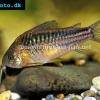 Elegant
Elegant 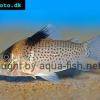 Saddle
Saddle 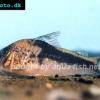 Fowler’s
Fowler’s 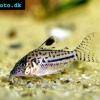 Gomezi
Gomezi 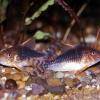 Palespotted
Palespotted 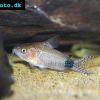 Guapore
Guapore 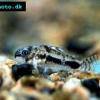 Dainty
Dainty 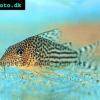 Mosaic
Mosaic 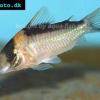 Imitator
Imitator 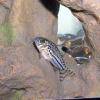 Julii
Julii 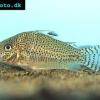 Leopard
Leopard 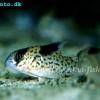 Black
Black  Slant-bar
Slant-bar 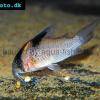 Bluespotted
Bluespotted 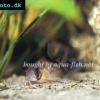 False
False 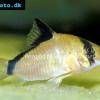 Bandit
Bandit 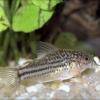 Mini
Mini 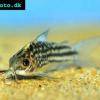 Napo
Napo 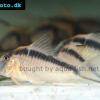 Corydoras
Corydoras 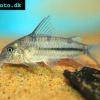 Blue
Blue 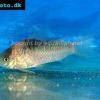 Nijssen’s
Nijssen’s 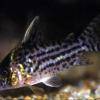 Ornate
Ornate 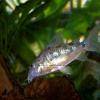 Peppered
Peppered 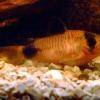 Panda
Panda 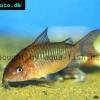 Albertini
Albertini 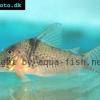 Pastaza
Pastaza 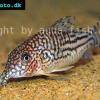 Corydoras
Corydoras 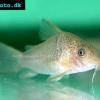 Many-spotted
Many-spotted 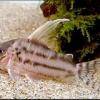 Pretty
Pretty 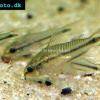 Dwarf
Dwarf 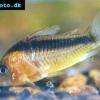 Iridescent
Iridescent 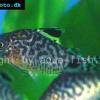 Reticulated
Reticulated 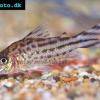 Bannertail
Bannertail 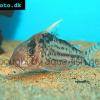 Robust
Robust 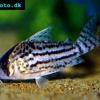 Schwartz’s
Schwartz’s 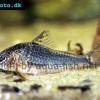 Black
Black 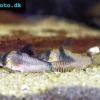 Longnosed
Longnosed 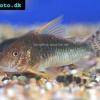 Seuss’
Seuss’ 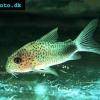 Smudge
Smudge 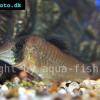 Masquerade
Masquerade 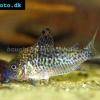 False
False 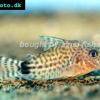 Millenium
Millenium 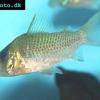 Pinkthroat
Pinkthroat 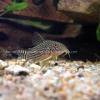 Sterba’s
Sterba’s 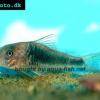 Longsnout
Longsnout 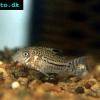 False
False 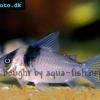 Miguelito
Miguelito 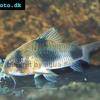 Twosaddle
Twosaddle 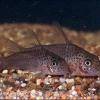 Xingu
Xingu 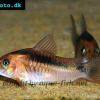 Black
Black 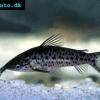 Porthole
Porthole 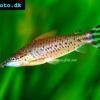 Flagtail
Flagtail 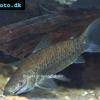 Brown
Brown 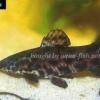 Spotted
Spotted